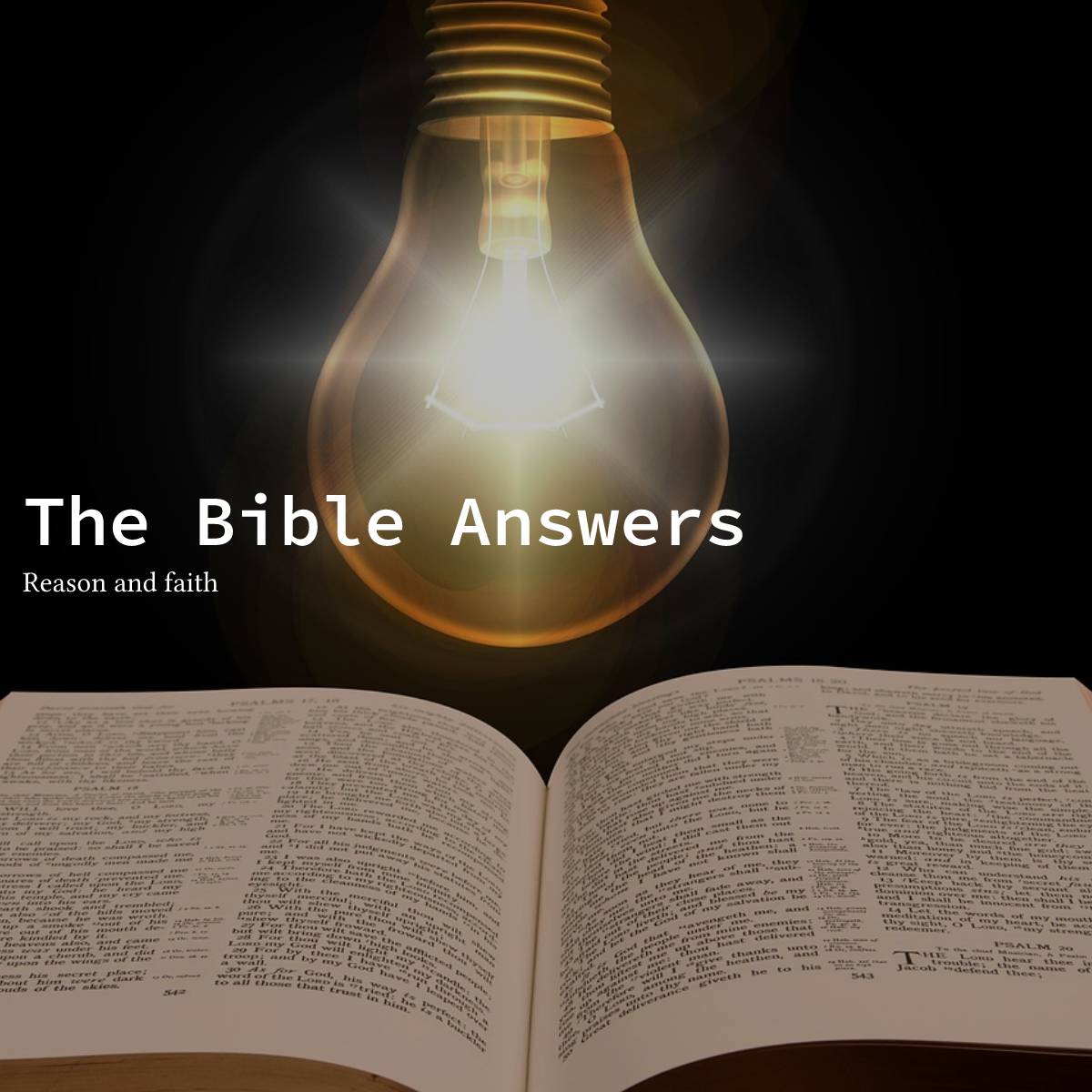The other day a friend brought up an argument from “The United Church Of God” about the nature of the Trinity in Christianity. See this link. I believed it warranted investigation.
First, the United Church of God like many other denominations hones in on a few particular things. This is what has always troubled me and many others I’ve spoken with over the years about denominationalism.
If you look at what the United Church of God’s notable difference is you undoubtedly find one of their main focus is nontrinitarian. The denomination (formed in 1995) may have many areas of agreement and disagreement with more traditional views. For more on them, you can see this link.
On the web link sent by my friend you find this quote at the top of the page:
Marie Sinclair, Countess of Caithness, in her 1876 book Old Truths in a New Light, states: “It is generally, although erroneously, supposed that the doctrine of the Trinity is of Christian origin. Nearly every nation of antiquity possessed a similar doctrine. [The early Catholic theologian] St. Jerome testifies unequivocally, ‘All the ancient nations believed in the Trinity'” (p. 382).
The first thing I did was to look up the quote by Jerome. I cannot find it anywhere except in quotes by Marie Sinclair. I tried Google and DucDuckGo. The only thing I find is her quote copied to other websites but no original quote from Jerome. If I am missing it please put a link in the comments section below.
The next quote is this:
The universe was divided into three regions each of which became the domain of a god. Anu’s share was the sky. The earth was given to Enlil. Ea became the ruler of the waters. Together they constituted the triad of the Great Gods” (The Larousse Encyclopedia of Mythology, 1994, pp. 54-55)
I ran into the same problem here. I cannot find this quote anywhere other than a copy and paste from the original website. The book quoted was on Amazon with a publication date of 1987. The original quote is not found elsewhere on the web as far as I can tell. That doesn’t mean it does not exist. It could be buried deep in a museum somewhere on a stone tablet. In either case, I would not take this as an understanding of the Trinity in ancient times. Earth, Sky, and Water are not the same as the Trinity.
The next quote is this:
The ancient Babylonians recognised the doctrine of a trinity, or three persons in one god—as appears from a composite god with three heads forming part of their mythology, and the use of the equilateral triangle, also, as an emblem of such trinity in unity” (Thomas Dennis Rock, The Mystical Woman and the Cities of the Nations, 1867, pp. 22-23).
Unsurprisingly, I am running into the same problem. Many have copied and pasted a quote but it is not found on the web any other place. Again, I did find the book on Amazon at this link. It was written in 2016. So few copies were sold that it does not even have a star rating by one reader.
The next assertion by UCG has to do with India. I will not bother to quote it but you can read it for yourself at this weblink. The idea is that in Hinduism three gods you may be familiar with are cited as a Trinity. I searched to see if Hinduism taught the trinity of Brahma, Shiva, Vishnu. What I found was from a Hindu Priest who was asked that very question. “Is there any mention of the trinity in the Vedas?” See his answer in full here. In short, his answer is no but here is an excerpt:
No there is not. There is a quarternity (Four) of gods found in the Rig Veda.
Indra
Agni
Soma
Varuna
These are the four major deities of the Veda Samhitas. The modern trinity:– Brahma, Vishnu and Shiva are rather minor deities in the Rig Veda, but over the millennia, as the Vedic religion declined, they rose in popularity and the high gods of the Vedas were demoted to guardian deities of the directions.
Another quote from the United Church of God is this:
Hence the triangle was adopted by all the ancient nations as a symbol of the Deity . . . Three was considered among all the pagan nations as the chief of the mystical numbers, because, as Aristotle remarks, it contains within itself a beginning, a middle, and an end. Hence we find it designating some of the attributes of almost all the pagan gods.
According to the list of religious symbols, the triangle is not one of them. Neither can I find any reference to Aristotle saying anything about the triangle.
The UCG cites three gods in The Hymn to Amun. This is found in the Hymn to Amun on this page.
1 300th Chapter.
All the gods are three :
Amun, Re and Ptah, without their second.
His identity is hidden as Amun,
5 He is Re as face, His body is Ptah.
Their towns are on earth, fixed for the span of eternity :
Thebes, Heliopolis and Memphis are established perennially.
Make of this as you will. Apparently, this is a “their” plural designator in the translation. World History states there were 2,000 gods of Egypt. What anyone can extrapolate from this one phrase out of 2,000 gods is beyond my reasoning.
The UCG article goes on to state things about the Greek gods.
In Greece they were Zeus, Poseidon and Adonis.
However, there were 12 gods on Olympus alone.
Again we see the quote below:
The Phoenicians worshipped Ulomus, Ulosuros and Eliun.
The Phoenicians also had many gods. The same is true with the rest of their list of supposed trinitarian-based gods.
Again, if anyone can bring light to this subject that I have missed please use the comments block below. Thank you!

